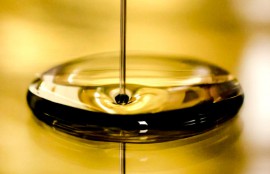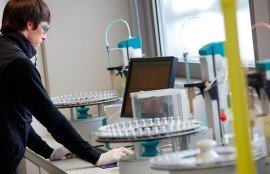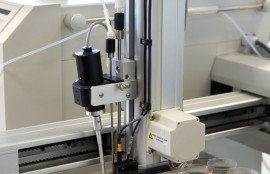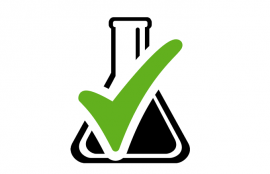
The i-pH value (vale of the initial pH or starting pH) is one of the most important parameters, together with the AN (acid number) and the BN (basic number), in order to evaluate the status of the oils in gas and biogas engines, both new and in use. The term “initial” is used to differentiate the pH value obtained as an organic medium from that obtained as an aqueous medium.
Even though the acid number (AN) indicates the concentration of acid components, it does not indicate their strength. Therefore, sometimes the measurement of the AN may not be sufficient in order to provide a reliable reference in terms of the potential for corrosion of an oil.
However, the i-pH value enables the evaluation of the degradation of the oil which is in use and shows the measure of the acid components dissociated with the potential of corrosiveness with the metals.
The results of this analysis detect small quantities of strong acids, therefore corrosive, which are present in the oil even if the total content of acid compounds (AN) has not yet increased significantly. It also indicates the relative changes which occur in the oil under oxidation conditions or by the contamination of combustible or exhaust gases.
This analysis is useful for applications in which corrosive oil can cause considerable damage. It is also important in lubrication systems with a high potential for forming strong acids or contamination with them.
Thanks to the fact thati-pH analysis provides crucial information on the status of the oil and the engine, it is frequently included in the charts of recommended limits, alerts and danger in the maintenance guides provided by the different manufacturers of engines and insurance companies.
Up until 2014, there was no standardised method for determining this parameter. There were different methods which had been developed both by the manufacturers themselves and the lubricant analysis laboratories.
The problem was that the results, in the majority of cases, could not be compared. This resulted in them not knowing which maintenance procedures had to be implemented in view of results obtained through analysis different to that recommended by the manufacturer of the engine along with limits which could not be applied.
The fundamental differences between different methods used up until the standardised regulation came about were related with the weight of the oil sample, the quantity of solvent, the measurement times and valuation completion criteria.
The appearance of the ASTM regulations has achieved the standardisation of all of the existing variables in pH measurement for gas engines as well as making it possible to obtain results comparable to those of any other laboratory and with the different manufacturers’ maintenance guides.
| Method | Solvent (ml) | Sample (g) | Calibration |
|---|---|---|---|
| ASTM D7946 | 70 | 2.5 | pH: 4-7 Aqueous buffer |
| MOBIL | 90 | 3.6 | pH: 2-4 Aqueous buffer |
| JENBACHER | 125 | 5 | ASTM D664 Buffer |
Table. Comparison of the different i-pH methods which are currently most commonly used.
The values obtained with the new methodology are significantly lower than those obtained so far with one of the most commonly used methods as of yet, the MOBIL method.
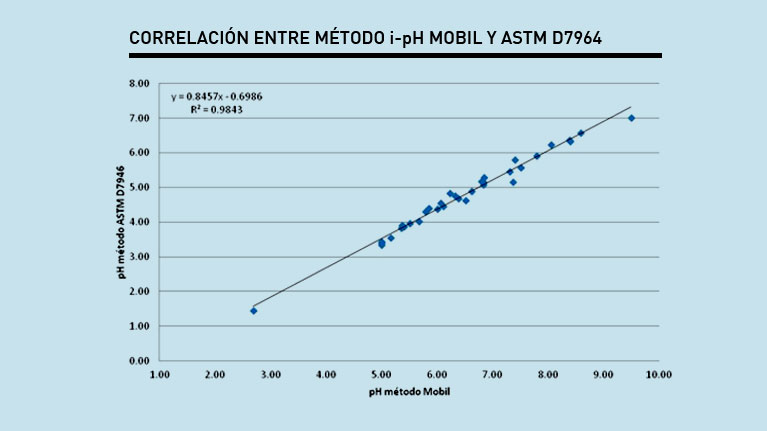
Figure. Example of correlation between methods for determining the i-pH: MOBIL and ASTM D7946
Lubrication Management recommends a series of programmes for the analysis of oils in order to keep the gas engines in the best working conditions.


